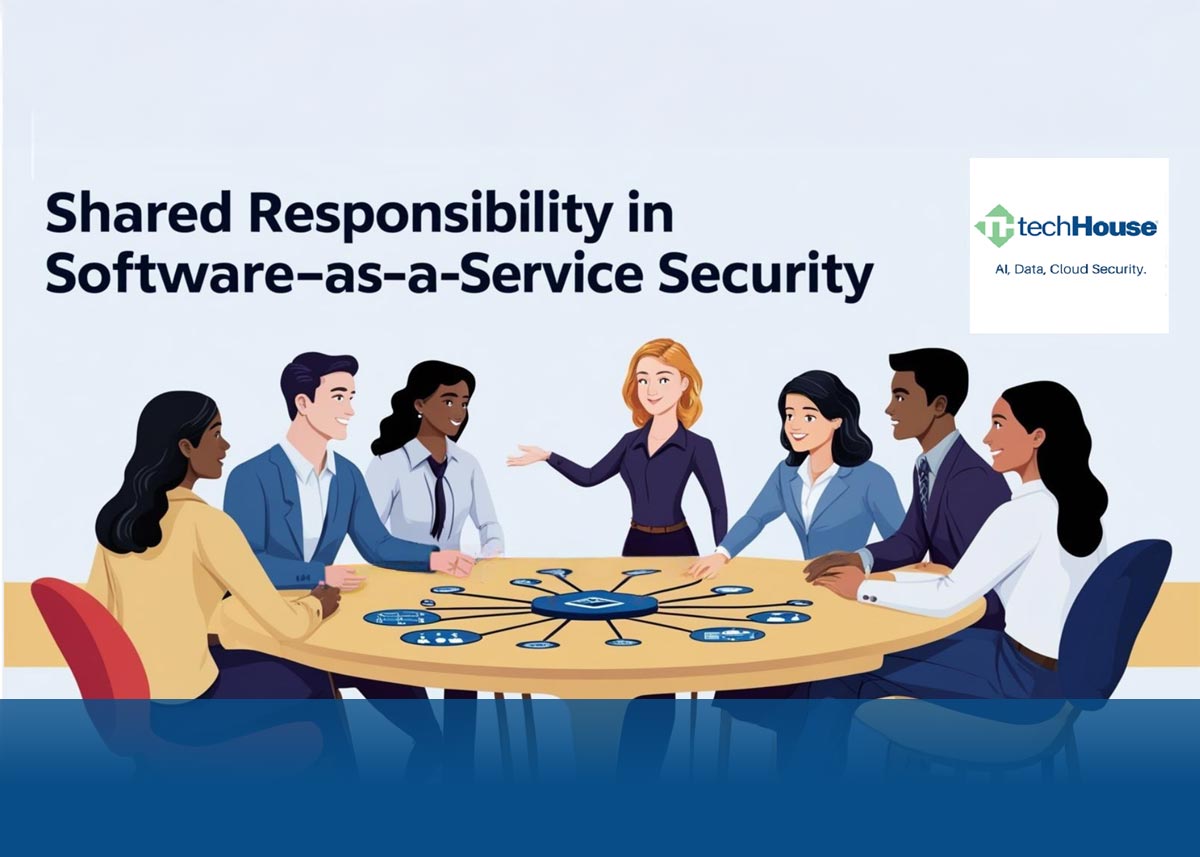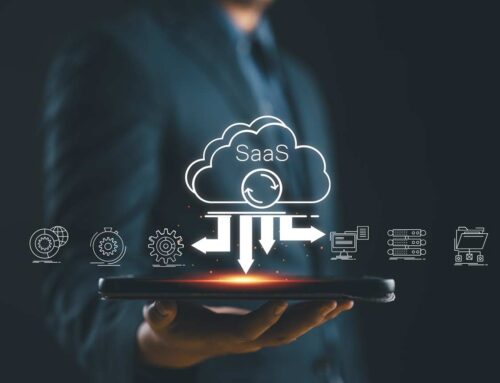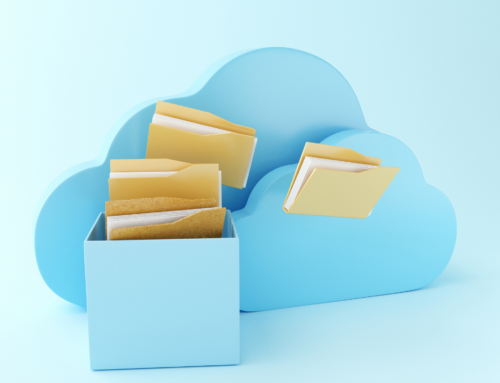In today’s digital landscape, over 90% of organizations utilize cloud services, often under the assumption that their software providers—like Google, Salesforce, Microsoft, and others—are solely responsible for securing their data. However, this belief can lead to significant vulnerabilities. Understanding the Shared Responsibility Model is crucial for ensuring your data’s security.
How Did We Get Here?
It’s easy to assume that purchasing Software as a Service (SaaS) means the provider handles all aspects of security. For years, businesses have relied on Managed Service Providers to manage their software, leading to the misconception that SaaS agreements operate similarly. While there are parallels, the responsibilities are distinctly divided.
What is Shared Responsibility?
The Shared Responsibility Model clarifies the division of security responsibilities between the provider and the customer. Generally, the provider secures the cloud infrastructure, while customers are responsible for their data and configurations.
Key Responsibilities
SaaS Provider Responsibilities:
- Infrastructure Security: Protecting physical data centers and hardware.
- Application Security: Keeping software updated and testing for vulnerabilities, such as conducting penetration tests.
- Compliance: Offering templates for best practices to help customers meet industry regulations like GDPR or HIPAA.
Customer Responsibilities:
- Data Security: Implementing identity management, monitoring, and access controls.
- User Management: Controlling who can access data.
- Application Configuration: Actively managing security settings tailored to specific needs.
Shared Responsibility Among Major Vendors
Understanding how major vendors interpret the Shared Responsibility Model can help clarify your obligations:
- Microsoft: Secures infrastructure while customers manage applications and data. Tools like Azure Security Center are available, but configuration is the customer’s responsibility.
- Google Cloud: Similar to Microsoft, Google secures infrastructure, emphasizing identity and access management (IAM) for customer data protection.
- Salesforce: While securing the platform, Salesforce requires customers to set up their security settings, including enabling Multi-Factor Authentication (MFA).
Security in SaaS – Where to Begin
Now that you know you need to secure your SaaS applications, where do you start? The NIST Cybersecurity Framework (CSF) provides a solid roadmap:
- Govern: Establish a risk management strategy and define roles and policies.
- Identify: Determine what data needs protection and assess known risks.
- Protect: Implement defenses such as MFA and configure software to mitigate risks.
- Detect: Set up monitoring systems to identify anomalies and potential breaches.
- Respond: Develop a response plan to quickly address incidents and minimize damage.
- Recover: After an incident, assess the impact and improve your cybersecurity measures.
Best Practices to Consider
Cybersecurity improvements can drive business growth. By clarifying data ownership and upgrading technology, organizations can enhance productivity and performance, especially for remote workers.
Conclusion
Understanding the Shared Responsibility Model is vital for protecting your data in a SaaS environment. By recognizing both the provider’s and your responsibilities, you can take proactive steps to secure your data.
Next Steps
Review your current SaaS agreements and security practices. Engage with your providers to clarify responsibilities and consider conducting a security audit or risk assessment with your IT professionals. Check out our LinkedIn Article to learn more: https://www.linkedin.com/pulse/shared-responsibility-cloud-security-kathy-durfee-syoie
Future Trends
As SaaS continues to evolve, so will the Shared Responsibility Model. Stay informed about the latest trends in cloud security, including advancements in AI for threat detection and the importance of data privacy regulations.





